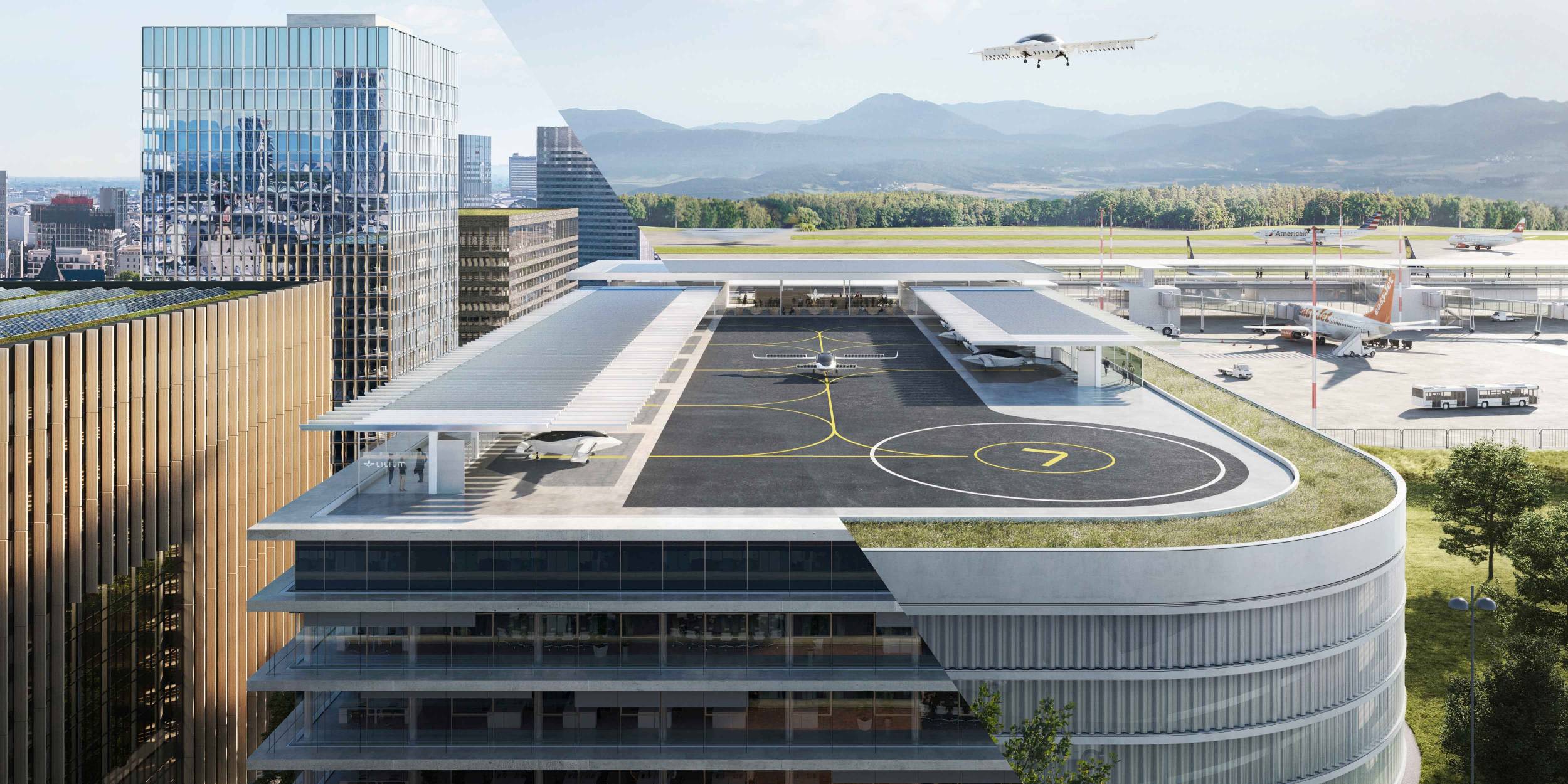Click Here to View This Page on Production Frontend
Click Here to Export Node Content
Click Here to View Printer-Friendly Version (Raw Backend)
Note: front-end display has links to styled print versions.
Content Node ID: 413098
Two large pilot-training providers are gearing up for the emerging advanced air mobility (AAM) market.
FlightSafety International (FSI) plans to “develop eVTOL-specific pilot and maintenance training programs utilizing our experience of over 70 years in the training business,” said Kelly Reich, FSI senior v-p strategic operations. “We will leverage our existing training philosophy and focus on the unique equipment and operational needs of these new aircraft. We currently have various team members working with multiple agencies providing input on what regulatory changes should occur” and are helping “to identify the appropriate training needs, which drives the overall training curriculum,” Reich said.
He said discussions with select eVTOL developers are well underway. “FlightSafety is currently working with industry leaders to develop both pilot and maintenance training programs specific to eVTOL and AAM aircraft. The shift towards expected high volumes of pilots and maintainers means a shift in delivery strategies. One change is a planned move toward a greater amount of asynchronous remote training, delivered through our existing eLearning platform, as well as new developments in remote or home-based delivery methodologies. There are also different training elements and areas of focus to be considered in eVTOL aircraft—from microclimate events and ground effects to urban environment operations and single-pilot controls. These unique aspects are being developed into our programs.”

New Standards
In addition to working with individual aircraft developers, the company participates in committees to create consensus standards such as the SAE G-35 committee and GAMA’s Powered Lift Working Group. “Our long-standing relationships with organizations such as the FAA and EASA also provide timely insights into the developing regulations in this segment,” Reich said. Beyond physically pilot-powered lift, FSI is looking into autonomy and the challenges and opportunities it presents. “While most OEMs are initially developing crewed aircraft, there is the understanding that future evolutions will likely be uncrewed. There are a number of options for what this may look like, be it ‘pilot in the loop,’ a pilot managing multiple aircraft, or even full autonomy with the aircraft operating with no human input. In the first two examples, we would see another significant shift in the skills required for these pilots,” he said.
Reich said FSI’s technology and long history of rotorcraft training hold it in good stead moving forward. “While our current full-flight Level D [simulators] meet the requirements for eVTOL training, we are actively exploring new technologies to enhance accessibility to equipment and reduce operational costs. We believe our mixed-reality ‘MRX’ devices will provide an excellent combination of realism and practicality to this emerging market. Combining traditional simulator technologies with VR [virtual reality] gear allows the visual ‘pass-through’ of real-world equipment with an immersive visual environment. We currently have both VR and mixed-reality training in military and civilian applications and believe this technology will be useful in the eVTOL space.”
FSI has pilot, maintenance, specialty, and enrichment courses covering helicopter models that run the size gamut from the single-engine Bell 407 to the heavy twin Sikorsky S-92. “Our training platforms allow us to tailor the content to meet the needs of our customers’ missions consisting of military applications, search and rescue, firefighting, offshore oil rig support, and air medical,” said Reich. “We also produce specialty courses focusing on the unique environment and conditions helicopters operate in, such as night vision goggle training, inadvertent entry into IMC, advanced helicopter energy management, and helicopter crew resource management.”
CAE AAM Training
AAM is also on the radar at training provider CAE, whose Civil Aviation group president, Nick Leontidis, said his company is working with AAM aircraft developers including Vertical Aerospace, Jaunt, Volocopter, Beta Technologies, and Joby. Last year, CAE predicted AAM would drive demand for 60,000 to 70,000 pilots over its first decade of operations. The company noted that most of this would come from its existing airline customers, which account for 75 percent of the AAM industry’s order book to date. To begin to address this demand, CAE expects to certify and deploy its first AAM pilot training program by 2024.
To advance that goal, it is developing a high-fidelity mixed-reality flight trainer, the 700MXR, geared to the needs of single-pilot operations in a low-altitude, complex urban environment that will drive demand for “a whole bunch of training requirements that we think will drive a need for a new training device,” Leontidis said, with the goal of making the new devices cost-effective for a market with lower-priced aircraft. The new device will use a wearable headset display combined with a compact mini-motion platform and 360-degree field of view to provide high-fidelity, physics-based simulation with an immersive “out-the-window” 3D environment. The wearable mixed-reality headset works with real cockpit controls and instrumentation to deliver realistic, low-flying scenarios, CAE said.
While each new AAM vehicle is unique, Simon Azar, CAE v-p of strategy, marketing, and adjacencies for civil aviation, said that many are using similar avionics and cockpits, enabling a baseline for the new training devices.
“What this industry is looking for is scale,” said Chris Courtney, CAE director of AAM. “There will also be a large demand for pilots to get initial training and current training. We believe that this new type of simulation device is a cost-effective solution for this new emerging market and the training requirements that are needed to operationalize advanced mobility.”